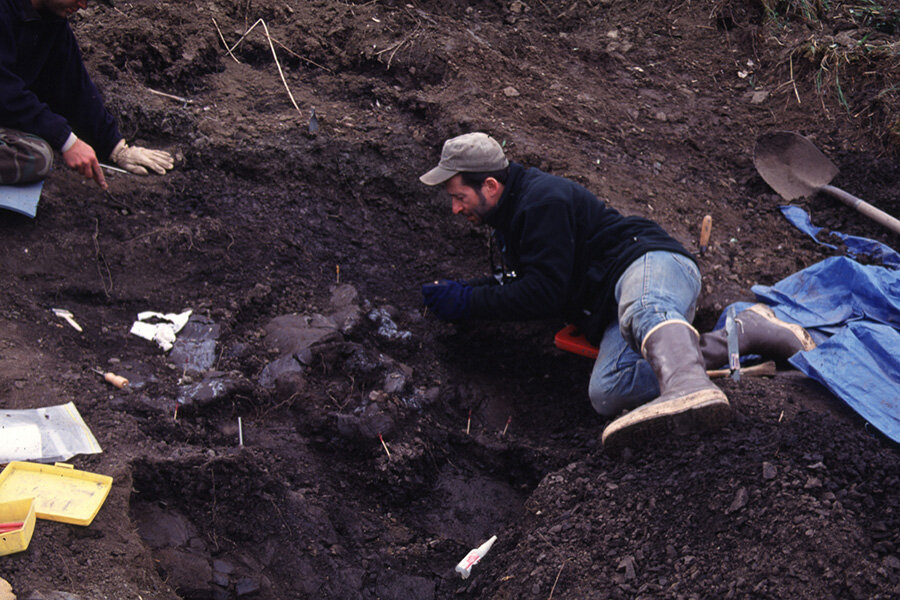Pint-sized 'polar bear lizard' Tyrannosaur shrank to survive extreme weather
Loading...
In the past, weather conditions in the Arctic might have caused some animals to shrink.
Scientists have recently unearthed the skull of a pint-sized cousin of one of the largest and most ferocious carnivorous animals to inhabit the planet.
The fossil remains of the creature, named Nanuqsaurus hoglundi, were found in 2006 by researchers of the Perot Museum of Nature and Science in Dallas while excavating Alaska’s North Slope in the Prince Creek Formation. The 170-square-foot excavation site lies roughly 400 miles northwest of Fairbanks. To honor the Iñupiat people in whose territory the fossil site was found, researchers named the species Nanuqsaurus, a combination of two words ‘nanuq’ (the Iñupiaq word for polar bear) and ‘sauros’, a Greek word for lizard.
The findings were published in a paper titled “A Diminutive New Tyrannosaur from the Top of the World” in science journal PLOS ONE, an international, peer-reviewed, open-access online journal.
"The rock from which the specimens were collected is pretty well dated to be between 70 million and 69 million years of age," says Ron Tykoski, fossil preparator at the Museum and an author of the paper.
An examination of the cranial bones shows that an adult Nanuqsaurus would have a skull size of about 2 feet, whereas an average-sized Tyrannosaurus rex had a skull approximately double that length or more, Dr. Tykoski says.
In fact, a typical adult T. rex might have been 40 feet long and 7 or 8 tons, whereas a fully-grown Nanuqsaurus would be closer to 20 feet long and half a ton. A 5'9" human would stand up to its hips, Anthony R. Fiorillo, the Perot Museum’s curator of earth sciences and an author of the paper told the Monitor.
It is not just size that sets the two cousins apart. Researchers found sockets for two ridiculously small teeth at the front of the lower jaw, which comes as an aberration as most tyrannosaurs have larger teeth there.
But why did Nanuqsaurus, that roamed the Arctic some 70 million years ago, shrink?
“The North Slope was isolated by the Brooks Range, and with it being dark half the year, there probably wasn’t a lot of food up there. Over time it would have become more advantageous for the Nanuqsaurus hoglundi to have a smaller body size,” the authors said in a press release.
Nanuqsaurus hoglundi also "tells us about the biological richness of the ancient polar world during a time when the Earth was very warm compared to today," Dr. Fiorillo said.
The researchers are currently busy chipping away through thousand pounds of blocks of rock that were initially collected in 2006. "We have gotten through only a fraction of that material, because it is a very slow-going process given the hardness of the rock, the fragility of the bones, and the great number of bones contained in blocks," says Tykoski. "We just recently found an additional piece of the Nanuqsaurus specimen that actually attaches directly to one of the pieces described in the paper."








